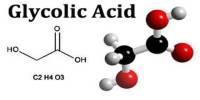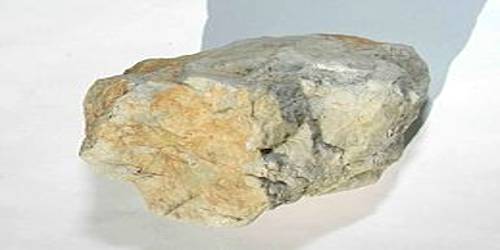Succinic acid is an essential building block for biodegradable plastics as well as a precursor for medicinal and cosmetic applications. Currently, it is primarily produced using procedures that use petroleum.
The marine bacterium Vibrio natriegens is being used as a biocatalyst by researchers at the Technical University of Munich’s (TUM) Straubing campus. This might make it possible to produce succinic acid using environmentally friendly methods and renewable raw resources.
Vibrio natriegens, a marine bacterium, is notable for its incredibly quick development. It is the non-pathogenic organism that has been found to grow the fastest. This goes along with the fact that they devour substrates and reactant materials in catalytic reactions very quickly.
“We are pushing hard to establish Vibrio natriegens in biotechnology,” says Bastian Blombach, Professor of Microbial Biotechnology at TUM.
Prof. Blombach’s team at TUM Campus Straubing for Biotechnology and Sustainability is investigating ways to use this marine bacteria to make production processes more time-efficient, thus conserving resources, while reducing the scale of biotechnology facilities.
Marine bacterium helps to produce succinic acid
The ability of the marine bacteria to produce succinic acid has now been successfully demonstrated by the researchers using this example. Succinic acid is an organic compound that can be found in bituminous coal and fossilized resins like amber. Unripe grapes, rhubarb, and tomatoes are a few examples of it in nature.
We filled plastic tubes with a saline solution, in which Vibrio natriegens thrives, added glucose, and sealed them airtight. In the absence of oxygen, the bacteria converted the sugar and the dissolved CO2 in the medium into succinic acid. The process was completed after around two to three hours.
Dr. Felix Thoma
All species’ metabolisms include succinate, the succinic acid salt, which is used as an intermediary step in the breakdown of glucose. In order to create succinic acid using microorganisms like the marine bacterium that the TUM researchers have been studying, biotechnology is now making use of the acid’s inherent presence in metabolic processes. This necessitates knowledge of how microbiological platforms like Vibrio natriegens function metabolically.
Potential for industrial biotechnology
Prof. Blombach’s team is applying metabolic engineering methods to develop these innovative microbial systems for industrial biotechnology. Then, using cutting-edge genetic engineering techniques, custom cell factories can be built.
Dr. Felix Thoma, a researcher at the Microbial Biotechnology and first author of the study, explains how the team produced succinic acid: “We filled plastic tubes with a saline solution, in which Vibrio natriegens thrives, added glucose, and sealed them airtight. In the absence of oxygen, the bacteria converted the sugar and the dissolved CO2 in the medium into succinic acid. The process was completed after around two to three hours.”
The studies were further carried out in a bioreactor, allowing the researchers to maintain control over the pH level, which would otherwise gradually become uninhabitable as the acid formed. Additionally, it enabled them to continuously supply CO2 as a co-substrate.
A bacterium soon to be a key process partner
Succinic acid is one of 12 essential chemicals whose manufacture through bioengineering could one day be competitive with petrochemical techniques.
“Our results after just two years of development work with Vibrio natriegens are comparable to what we see in other systems after 15 or 20 years. That makes this marine bacterium a new and potent actor in industrial biotechnology,” says Thoma.
The study team has been successful in tuning the bacterium’s metabolism to the point where it effectively transforms glucose into succinic acid at a high level of productivity. This has been accomplished by targeted genetic alterations.
“On the way to a viable industrial process, there is still work to do in terms of the process design,” says Prof. Blombach.
The team is now working to develop the process with Vibrio natriegens and the usability of renewable raw materials and waste flows that do not compete with the food industry.
















